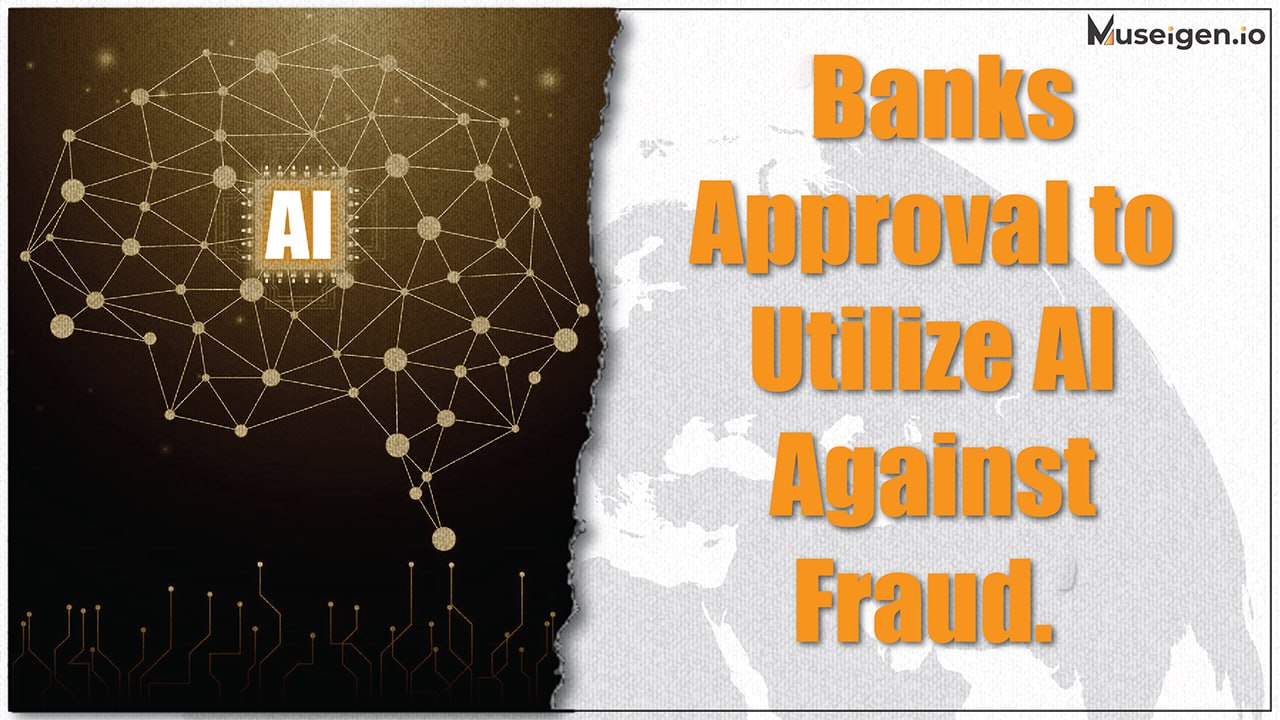The necessity for financial institutions to adopt a more forward-thinking approach has been underscored, following a surge in incidents of banking fraud, according to industry specialists.
“The escalation in banking fraud cases in the Philippines is primarily due to the relentless evolution of hacker strategies, which is to be expected,” Louie Castañeda, SAS Philippines Managing Director, explained in a discussion with The Manila Times.
He emphasized that a significant part of the problem is the financial sector’s insufficient risk mitigation strategies in their digital transformation journeys.
The growing reliance on digital solutions, which according to recent data from the BSP, now account for over 42 percent of all financial transactions, has inadvertently opened up new avenues for fraudulent activities, Castañeda pointed out.
He further noted the increasing challenges in deciphering, tracking, and thwarting the sophisticated methods employed by cybercriminals.
“Financial institutions are facing significant obstacles due to data bottlenecks, impeding their capacity to fully utilize data analytics. This limitation restricts their ability to detect and counteract dubious activities before they inflict substantial damage,” he elaborated.
In this context, artificial intelligence (AI) could play a pivotal role. Castañeda highlighted that AI has the potential to streamline processes, minimize human error, and generate valuable insights for efficient settlements, thereby reducing “claims management and indemnity costs.”
According to research by McKinsey, the implementation of AI could lead to a reduction in operating costs in the banking sector by an estimated $200 billion to $300 billion. Additionally, productivity could see an increase of approximately 3.0 to 5.0 percent, with the most significant improvements expected in areas such as marketing and sales, customer operations, investment servicing, software engineering, and risk and legal departments.
“AI-driven solutions are capable of conducting in-depth fraud network analysis and scoring in real-time, revealing concealed correlations and enhancing the precision of fraud detection,” Castañeda asserted.
He concluded by emphasizing the power of advanced data analytics, which allows financial entities to process vast amounts of diverse data, identifying specific patterns and irregularities that signal potential fraudulent behavior.
__________________________
Disclaimer: “The articles on this website reflect the opinions of the respective writers and are not the opinion of Museigen.io. In addition, nothing in this article should be considered as financial advice. It is essential to conduct your independent research and consult with a qualified financial advisor before making any financial decisions.”
Source: https://shorturl.at/gmrRX


